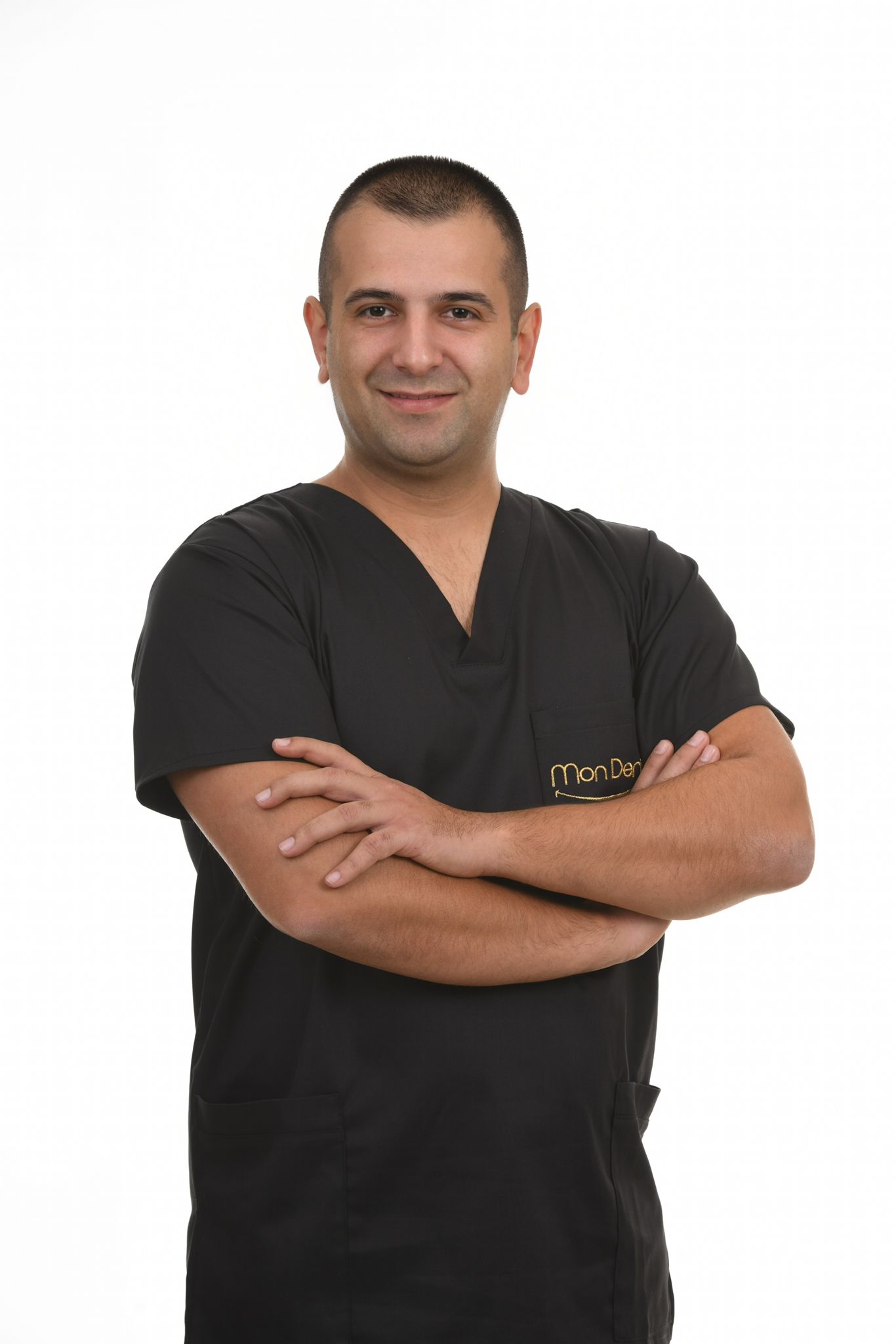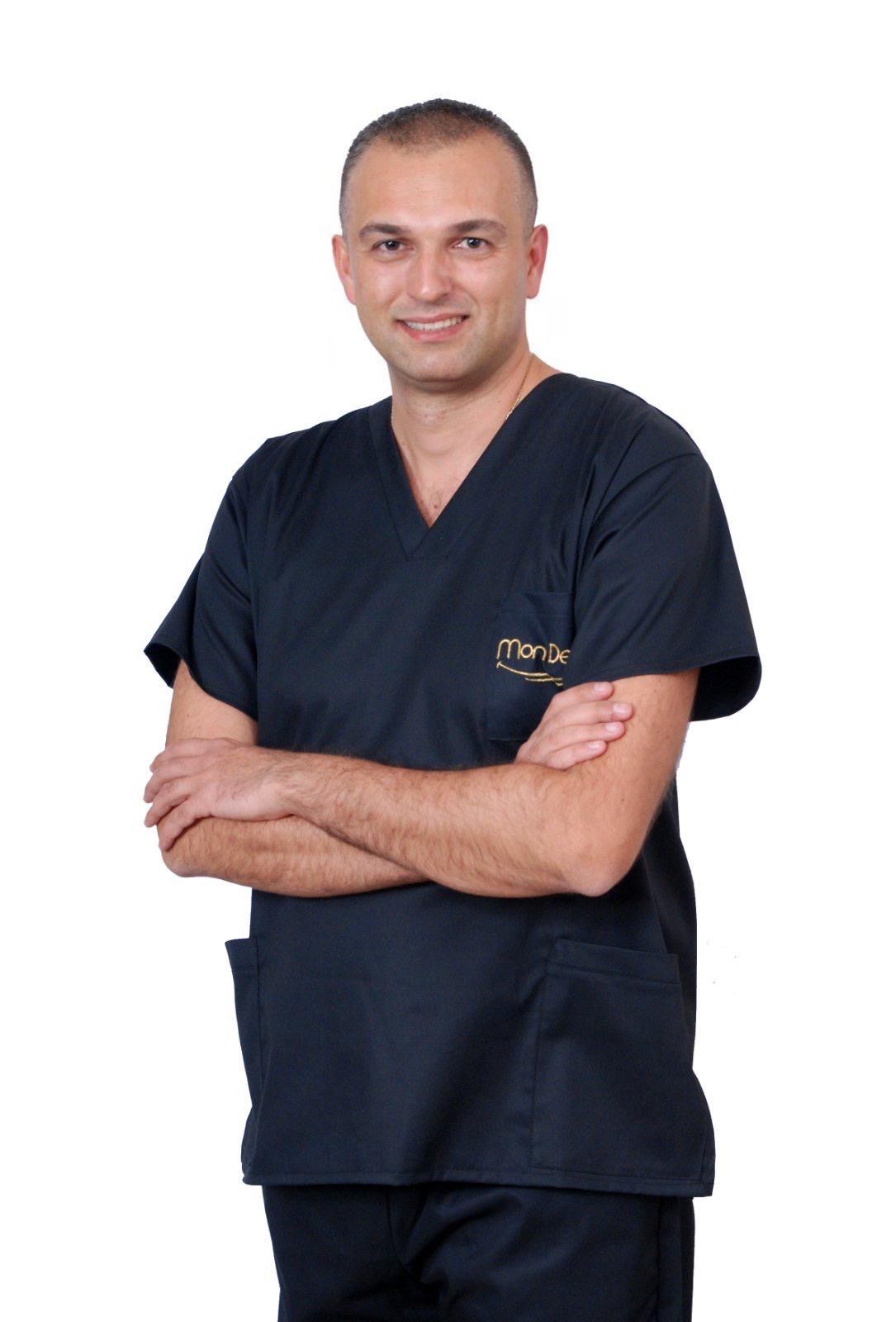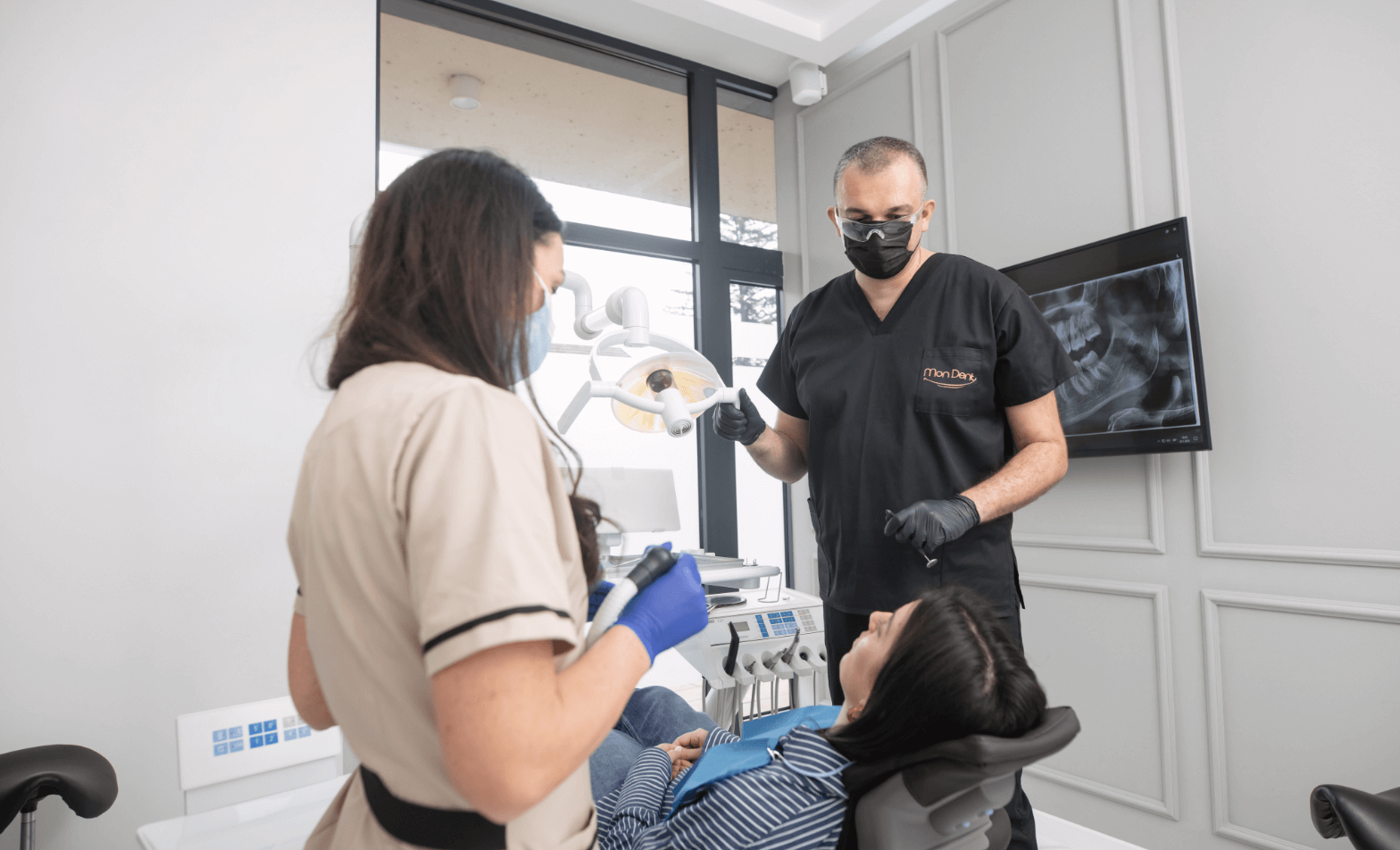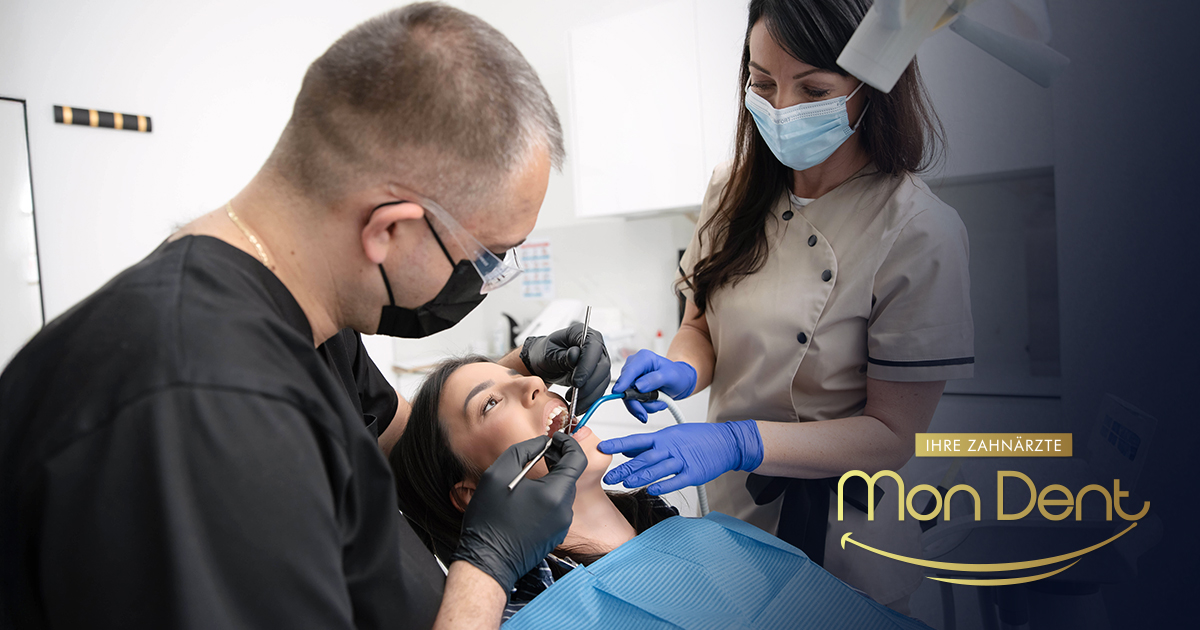Content:
- What does prophylaxis mean in dentistry?
- Prophylaxis of infective endocarditis
- Which patients are recommended for antibiotic prophylaxis?
- In which dental procedures is it used?
- When is prophylaxis not needed?
- Conclusion
Antibiotic prophylaxis in dentistry is a special preventive measure that protects patients from serious infections before they even occur. The term prophylaxis means prevention – any procedure or treatment that aims to prevent the occurrence of a disease or complication.
In everyday dentistry, prophylaxis encompasses many things: regular professional teeth cleaning, fluoridation, fissure sealants in children, and other procedures that help maintain the health of teeth and gums. However, when we talk about antibiotic prophylaxis in dentistry, we are referring to the use of antibiotics in advance, before a dental procedure, to protect certain at-risk patients from potentially dangerous infections.
Below, we will explain what antibiotic prophylaxis exactly means, what prophylaxis is in the context of dentistry, who it is intended for, in which situations it is recommended and when it is not, and how you as a patient can collaborate with your dentist and physician to receive the best possible care.
MonDent Dental Clinic pays great attention to prevention and patient safety. Our goal is to make every procedure as safe as possible for you. Why it is used, who needs it, and how it helps high-risk patients stay healthy and protected during dental procedures – find out below.
What does prophylaxis mean in dentistry?
In dentistry, prophylaxis refers to preventive procedures that maintain oral health and prevent cavities, gum disease (periodontitis), and other complications. Examples include daily oral hygiene (brushing, flossing), regular check-ups with a dentist, and professional teeth cleaning from tartar, fluoride treatments, etc. We can call all these activities dental prophylaxis because their goal is to prevent the problem from developing.
When it comes to antibiotic prophylaxis, it is the preventive use of antibiotics. This means that a patient is given a specific antibiotic before the procedure to destroy or reduce bacteria that could enter the bloodstream during a dental procedure. In dentistry, antibiotic prophylaxis is mainly used in specific situations – in patients who have certain risk factors and during procedures that can lead to the penetration of bacteria from the oral cavity into the blood.
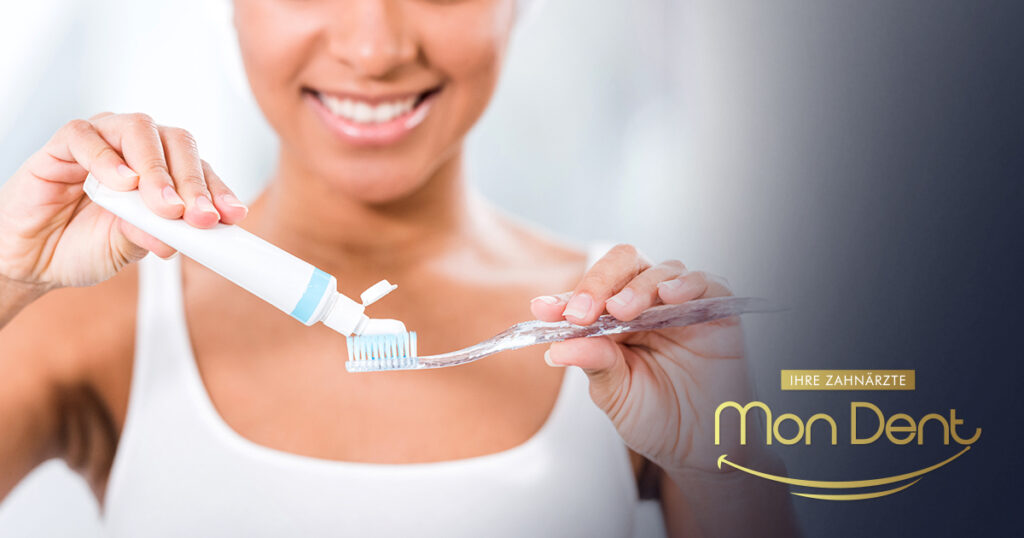
It is important to emphasize that preventive antibiotic use is not intended for toothache prevention or local dental infections, but primarily to prevent serious systemic infections.
Prophylaxis of infective endocarditis – a dangerous heart infection that we want to prevent
One of the main reasons why there is a need for antibiotic prophylaxis in dentistry is the prophylaxis infective endocarditis. Infective endocarditis (IE) is a serious infection of the inner lining of the heart and heart valves. It occurs when bacteria from the bloodstream reach and settle on the inner structures of the heart (often the heart valves), causing inflammation and tissue damage. This disease is relatively rare, but extremely serious – even with modern antibiotic treatment, mortality from infective endocarditis can reach around 20-30%. In other words, almost every third patient who gets this infection can have a fatal outcome despite therapy.
How is endocarditis related to dental procedures?
The mouth is full of bacteria, so during invasive dental procedures, these bacteria can enter the bloodstream. This phenomenon is called bacteremia. (the presence of bacteria in the blood). In healthy people with an intact immune system and a healthy heart, this transient bacteremia usually does not cause major problems - the body's defense system quickly eliminates the bacteria. However, in at-risk patients, these bacteria can "stick" to damaged or artificial heart structures and multiply there, leading to infective endocarditis.
Symptoms of infective endocarditis
Symptoms of infective endocarditis can include a persistent fever, chills, sweating, weakness, and even the appearance of heart murmurs or signs of heart failure. Treatment is complicated and involves several weeks of strong antibiotics in the hospital, and sometimes surgical replacement of an infected valve.
So, that's the situation that is much better to prevent than to cureThis is where antibiotic prophylaxis comes in – the idea is that if we know that a patient is in a high-risk group and is about to undergo a procedure that could cause bacteremia, we give antibiotics in advance to kill the bacteria before they reach the heart.
Antibiotic prophylaxis is a measure that provides additional protection to the patient's heart before any problems occur. Of course, there is no need to worry - infective endocarditis is very rare, but in those patients in whom the consequences would be most severe, we want to do everything we can to prevent it.
Who are the high-risk patients for whom antibiotic prophylaxis is recommended?
Not all patients are susceptible to infective endocarditis or other complications after dental procedures. For most people, a trip to the dentist – even for a tooth extraction or scaling – will not cause any heart problems or require preventive antibiotics.
Antibiotic prophylaxis is recommended only for certain high-risk patients, specifically those in whom the consequences of a potential infection would be particularly dangerous. According to current guidelines from cardiology and dental associations, this group includes mainly patients with specific heart disease:
- Patients with artificial (prosthetic) heart valves – Whether it is a mechanical valve or a biological one or even an implanted material for valve repair, these patients have a foreign body in the heart that bacteria can more easily “catch.” Infective endocarditis is particularly dangerous for them, so prophylaxis is recommended.
- Patients with previous infective endocarditis – If someone already had endocarditis previously, falls into the highest risk category. In such a patient, the heart tissue may be permanently more sensitive and prone to new infections, and preventive antibiotics are mandatory for new procedures.
- People with certain congenital heart defects – Congenital (born in) heart defects can create turbulent blood flow through the heart or leave abnormal surfaces to which bacteria can more easily adhere.
- Heart transplant patients who have valve problems – People who have had a heart transplant and later develop heart valve disease are also considered at risk. Prophylaxis may be recommended for them because their immune system and heart structures are specific.

In addition to heart disease, antibiotic prophylaxis in dentistry may also be recommended for: patients with weakened immunityAlso, although it is no longer common practice, patients with implanted artificial joints may in certain cases, at the discretion of the physician, receive antibiotics before the procedure, especially if the surgery was recent or there is an increased risk of infection. The decision is made individually, in consultation with a doctor and dentist.
If you are otherwise healthy, with no heart defects or serious systemic diseases, the chance that you will need a preventive antibiotic before a dental repair or similar procedure is very minimal. Dentists are very cautious and will only use antibiotics preventively in those in whom it is clear that the benefit outweighs the potential harm.
Which dental procedures require antibiotic prophylaxis?
Antibiotic prophylaxis in dentistry is considered for procedures that may lead to bacteremia, i.e. bleeding or penetration of bacteria through the oral mucosa into the bloodstream. This group includes, first of all, procedures that affect the gum tissue (gingival tissue), the area around the root of the tooth, or in any way penetrate the mucosa. Here are the most common examples:
- Tooth extraction – Whether it is a simple or complicated extraction, this procedure often causes bleeding and opens the way for bacteria to enter the bloodstream, which is why prophylaxis is considered in at-risk patients.
- Periodontal procedures – Cleaning tartar from under the gums, curettage, and similar procedures can cause mild bleeding, so at-risk patients may require antibiotics as a preventative measure.
- Implant placement – This surgical procedure involves drilling into bone and contacting deep tissues, which is the reason for prophylaxis in at-risk patients.
- Endodontic procedures – Dental treatment (“nerve extraction”) can lead to the spread of bacteria, so prophylaxis may be necessary in high-risk patients.
- Oral surgical interventions – Oral surgeries that involve cutting, removing tissue, or opening sinuses can cause bacteremia, which is why antibiotics are recommended for at-risk patients.
Of course, even in these categories of procedures, antibiotics are not automatically given to everyone, but only to patients with the previously mentioned risk conditions. So, if a healthy person pull a tooth or implant is being placed, will not routinely receive preventive antibiotics, because her risk of endocarditis or similar complications is extremely low. However, if a person with an artificial heart valve needs a tooth extraction, the dentist will definitely consider prophylaxis.
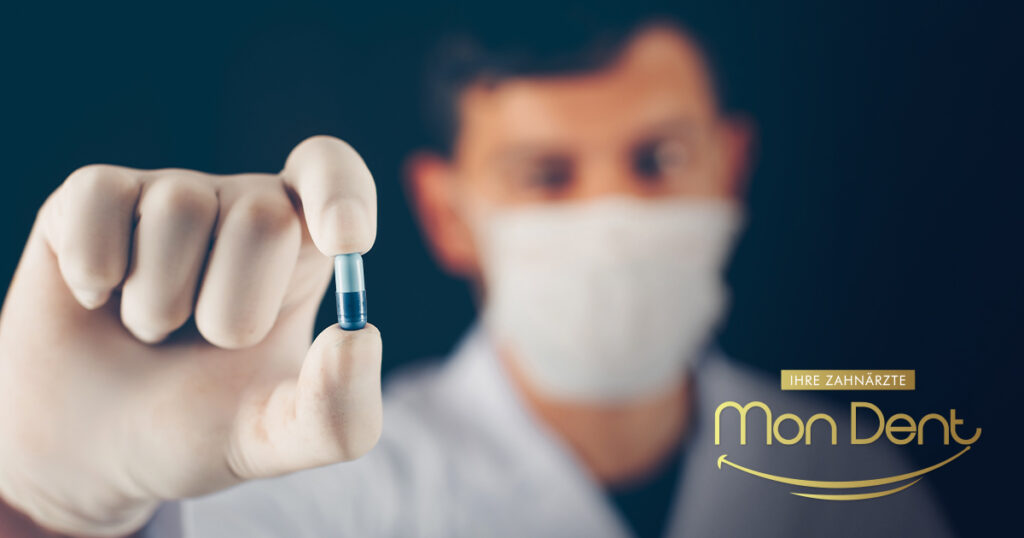
When antibiotic prophylaxis is not necessary (and why you shouldn't overuse antibiotics)
Antibiotic prophylaxis is deliberately limited only in situations where it is necessary. The reason is simple: every drug, including antibiotics, carries potential risks and side effects. We do not want to expose a patient to antibiotic therapy if there is no clear need for it. Here are specific examples of when dental procedures are usually is requires antibiotic in advance:
- Routine and less invasive procedures – Prophylaxis is usually not required for routine procedures such as administering local anesthesia to healthy tissue, taking dental impressions, taking dental X-rays, or performing examinations. These activities do not cause bleeding or significant bacterial transmission into the bloodstream, so there is no indication for antibiotics.
- Removing stitches – After you have had some surgical intervention in your mouth and come for a check-up to have your dentist remove your stitches, there is no need for preventive antibiotics. Removing the stitches is a quick and simple procedure that does not open new wounds or introduce bacteria deeper into the tissue.
- Orthodontic and prosthetic procedures – Fitting or adjusting orthodontic appliances (braces), as well as trying on or correcting dentures or dental bridges, are not invasive procedures that would require prophylaxis. These are superficial manipulations that do not result in bacteremia.
- Loss of milk teeth in children – When a child loses a baby tooth naturally, or even if the dentist needs to gently extract a loose baby tooth, antibiotics are not needed as a preventative measure. The loss of a baby tooth is a physiological process and is not considered a risk for endocarditis.
- Superficial injuries to the lips or mucous membranes – Minor incidents such as accidental lip biting, mucosal abrasions, or similar injuries usually do not require prophylaxis. Normal hygiene is sufficient; the body will heal the minor injury on its own, and antibiotics are reserved for more serious situations.
If you have no risk factors, you probably won't need antibiotic prophylaxis for dental procedures. Even in high-risk patients, antibiotics are only given for procedures that carry an increased risk of infection. This selective approach has a purpose – unnecessary use of antibiotics can do more harm than good.
Thanks to this approach, the dentist can properly assess whether you really need an antibiotic – and give it only when the benefits clearly outweigh the possible risks.
Conclusion
Prophylaxis in dentistry, including antibiotic prophylaxis, is important for health protection – especially in patients with heart problems or other risk conditions. The goal is to prevent infections where there is a real risk, but also to use antibiotics responsibly and thoughtfully.
As a patient, it is important to be informed and to cooperate with your dentist. If you belong to a risk group, together you will decide on the best protection. If not, you can be sure that antibiotics are not needed without a clear reason.
Contact MonDent dental office where we care about your safety, work according to modern guidelines and are here to answer all your questions. Together we protect your teeth – and your health in general.

